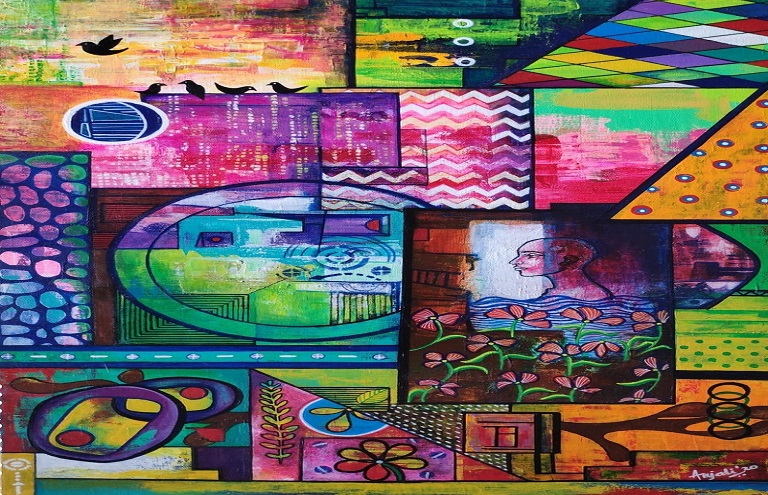
Having its roots in the theory of psychoanalysis, surrealism, and surrealism art ideas aimed to revolutionize the human experience. With the artists, participating in this twentieth-century artistic movement, finding magic and beauty in the unexpected, the disregarded, and the unconventional and the eerie elements, they attempted to explore the dialogue between dreams and reality through their surrealist paintings. Unlocking subconscious ideas and images, these art paintings often depicted dream worlds and hidden psychological tensions to challenge the viewers' perceptions of reality and to enable them to look beyond the surface.
Here is a collection of the ten most famous surrealist paintings that are the perfect examples of marvels of illusion.
-
The Tilled Field by Joan Miro
After indulging in Fauvism for a long, this was the first of Joan Miro’s work in surrealism. Regarded as one of the most important artists of this avant-garde art movement, Miro's vision and vivid colorful imagination bring together the Catalan landscapes and its history, also at the same time reflect the ongoing political situation of the country during the 1920s. The strong symbolic language depicted in this art painting subversively represents a continuity of free spirit ideals and beliefs both of the present and past so as to challenge the strong dictatorship of the Spanish government that always neglected freedom, autonomous thought, and local complexity of the Catalan community. Certainly enough to overwhelm the mind of the viewer!
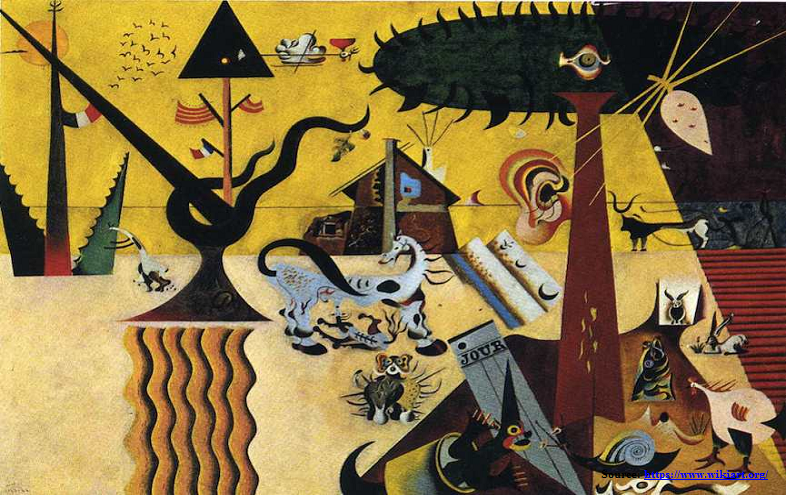
-
Battle of Fishes by Andre Masson
One of the most popular works of the French surrealist painter and one of the prominent practitioners of automatic writing, Battle of Fishes was the result of Mason’s experiment with the painting media. In this example of Surrealism painting, the surreal underwater landscape is presented wherein the sharp-toothed fish are painted callously attacking each other. Mason has used such imagery to represent a strong allegorical view on the human condition, their constant conflicts for power, and also to highlight World War I destruction around Europe.
Not just the imagery but also the artistic method used by Masson in this Surrealism painting is quite unusual. He has sketched aggressively on the surface and painted directly from the color tubes, also tossed the sand onto canvas to achieve effects. Painting with freedom without following any defined rules, this striking approach further influenced abstract art and the ensuing Informel movement.
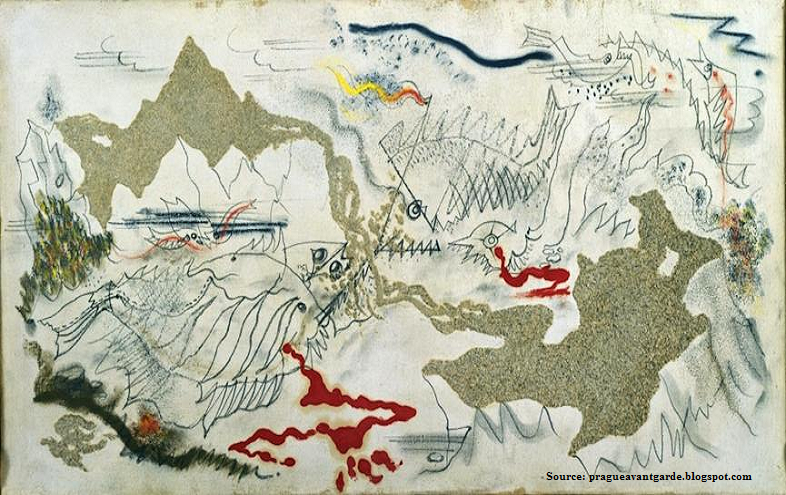
-
The Persistence of Memory by Salvador Dali
With melting watches as its central motif, The Persistence of Memory is the most famous Dali painting which is widely recognized and revered as the classic example of surrealism painting. Painted with the most imperialist fury of precision, this creation of Dali strongly discredits, in fact completely the world of reality.
Set in a realistically rendered landscape, Dali has used bizarre objects to portray his objective. The melting watches scattered over the composition resemble overripe cheese and represent the ‘camembert of time’ in the words of Dali. Representing decay, he has used the imagery of ants, a common theme in his artwork, where they seem to attack a gold watch, while they are created grotesquely organic. The center of the painting features a monstrous fleshy creature that at once looks alien and familiar, regarded by many as an approximation of Dalí’s own face.
Indeed, Dali has mastered the paralyzing tricks of eye-fooling!
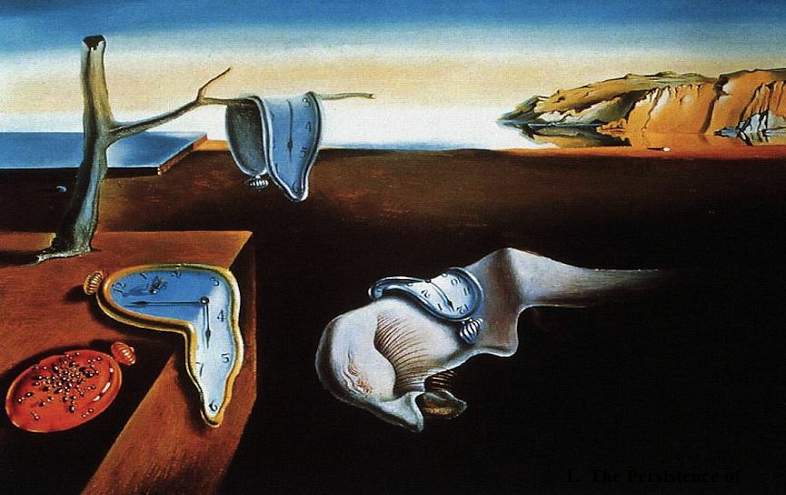
-
The Barbarians by Max Ernst
Regarded as one of the most influential Dada leaders, Ernst was also a prominent surrealist painter. Taking a cue from the surrealism paintings and writings of Andre Breton, and the motivation theory of Sigmund Freud, Ernst went on to create works steeped in Freudian metaphor, memories of his childhood, and private mythology. The majority of his works featured themes centered around the image of a bird incorporating human elements. His most popular art painting from The Barbarians series explores his childhood memories, subconscious mind along primitive pagan mythological and sexual symbols. Using the concept of barbarians as creatures of surreal landscape, he explores the theme of forms and forces of life. At the same time, he has delved into the Freudian concept where the id, ego, and superego are considered as the fundamental structures of the human mind.
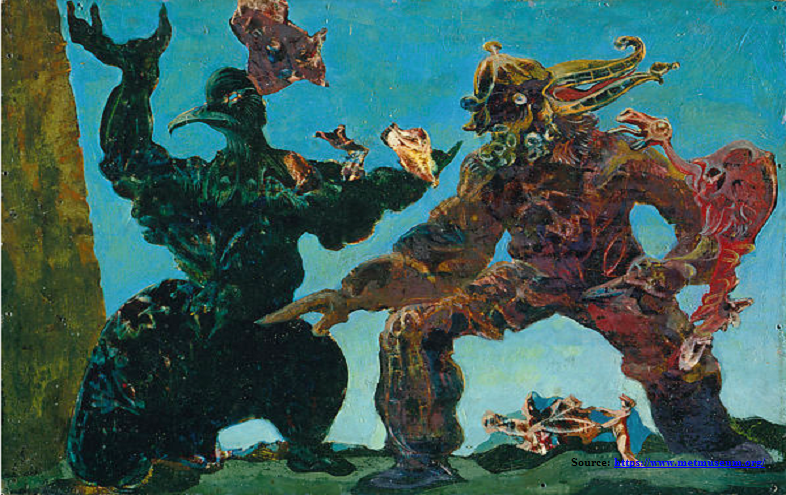
-
Mama, Papa is Wounded by Yves Tanguy
The surreal outlook of Yves Tanguy’s masterpiece Mama, Papa is Wounded is influenced by the psychoanalytic theory and its language of symbols deduced by Austrian neurologist Sigmund Freud. Working side by side with a famous surrealist Andre Breton in postwar Europe, Tanguy conducted research on the psychiatric cases of war veterans and later transposed their statements into thought-provoking surrealism painting. The title of Tanguy’s most celebrated work Mama, Papa is Wounded, is like children’s cry. Against the barren desert landscape, Tanguy has painted several uncanny objects that seem completely disjointed such as a cactus, beans, a yellow figure, and a strange shaggy stick. Though many critics agree with the resemblance of the artwork with broken family relations and the strong sexual connotation of deeply anguished masculinity of the Father, the real meaning of the abstract and archetypal symbols featured remains inexplicable to date.
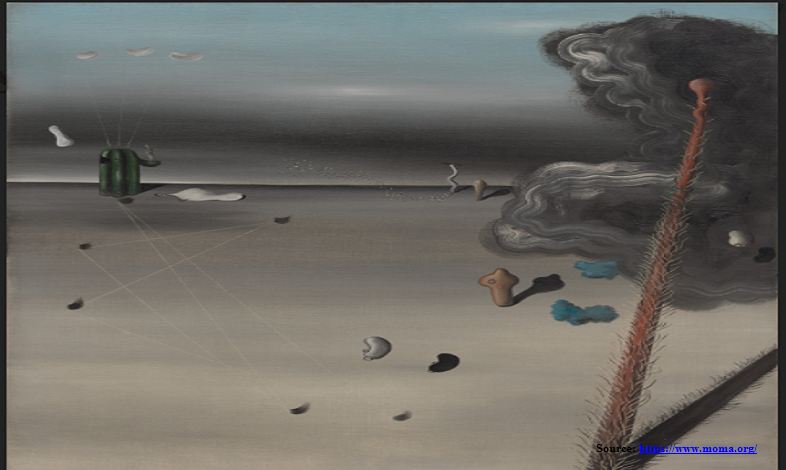
-
The Treachery of Images - Rene Magritte
Postwar surrealism paintings were strongly influenced by structuralist language theories and usually explored the gap between language and meaning. Magritte’s Treachery of Images is the perfect surrealism painting delving into these popular post WW-I concepts. Depicting simple imagery of the pipe accompanied by a contrasting statement "This is not a pipe", it brilliantly displays the concept of the difference between signifier and signified object to the viewer. Though featuring simple visual and text, this work was strong enough to trigger startling thoughts and went to become a revolutionary piece for the time. Also, regarded by many as the introduction to pop art, this artwork inspired the development of this movement delving into popular mass culture.
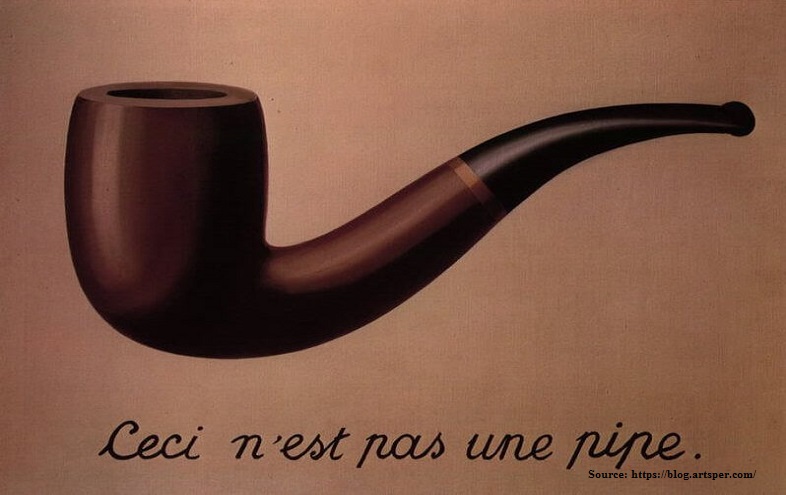
-
The Great Masturbator by Salvador Dali
One of the earliest surrealism paintings of Dali, The Great Masturbator is the result of his fascination with Freud’s psychoanalytic theory, and its unconscious aspects of self, sexually repressed mechanism, and ego structure. Therefore, this painting is considered more of a self-portrait, where Dali paints his personal views on overgrown ego and its transformations. Against a backdrop of a surreal landscape, he has created several objects of desire such as the beloved Gala or desert oasis, at the same time incorporating elements of paranoid fears from the unknown such as faceless figures and insects.

-
Ulu's Pants by Leonora Carrington
Between 1937 and 1947, Leonora Carrington was an important multidisciplinary woman artist working in the period of surrealism. Her roles as a painter, sculptor, weaver, writer and mother significantly influenced her body of work. In Ulu’s Pants, she has used hybrid and monstrous characters, shape-shifters to explore Celtic mythology as well as Mexican cultural traditions. In this great painting of surrealism, the complex structure resembles the labyrinth of human existence through time, where different incarnations seem to meet and seem to unite different socio-psychological theories of the western as well as the Latin world.
-
The Son of Man by Rene Magritte
Another popular art painting by Rene Magritte, The Son of Man is regarded as the most iconic surrealism painting of all time. Offering numerous reinterpretations, appearances, and references within the different fields of popular culture including Michael Jackson's music video Scream to movie Holy Mountain by Alejandro Jodorowsky, it became a well-known piece of surrealism. Though a surreal self-portrait of the artist, the phrase ‘The Son of Man’ typically refers to Jesus and thus leads to suspense as well as tension. Men donning bowler hats are a common motif in Magritte's works, but what makes the work interesting is the fact that the man's face is hidden behind a strange green apple. Thus creating an unstable relationship between the visible and hidden, often interpreted as also exploring the conscience and subconscience realms of the human personality.
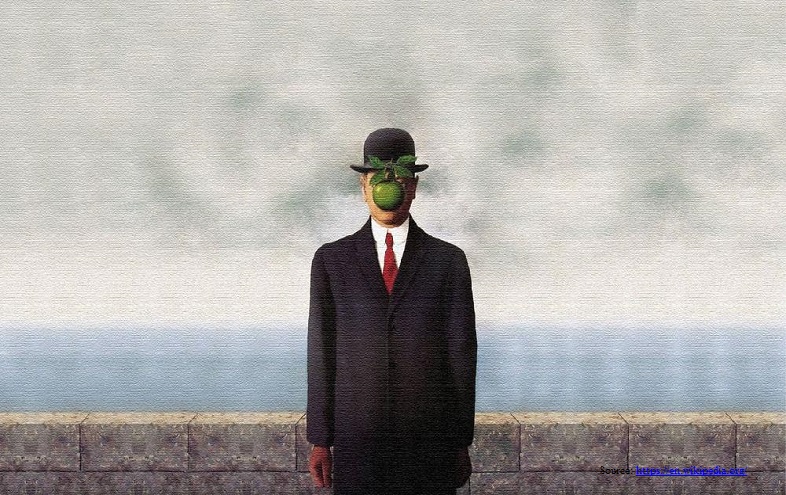
-
Egg in the Church or the Snake by Andre Breton
Active contribution of Andre Breton to both the scene and surrealist theory through his writings, publications and polemics with Georges Bataille makes him a prominent figure of the original Surrealism movement. Though his artwork Egg in the Church or the Snake is a collage, it is considered among the surrealism paintings because it involves the concept of questioning the role of the author, expanding the media, and also pioneering the use of photo-montage to promote visual experiment. These aspects together with the strong enigmatic and surreal symbolic language brilliantly explores the topic of repression of sexual desire as under the Christian religion.
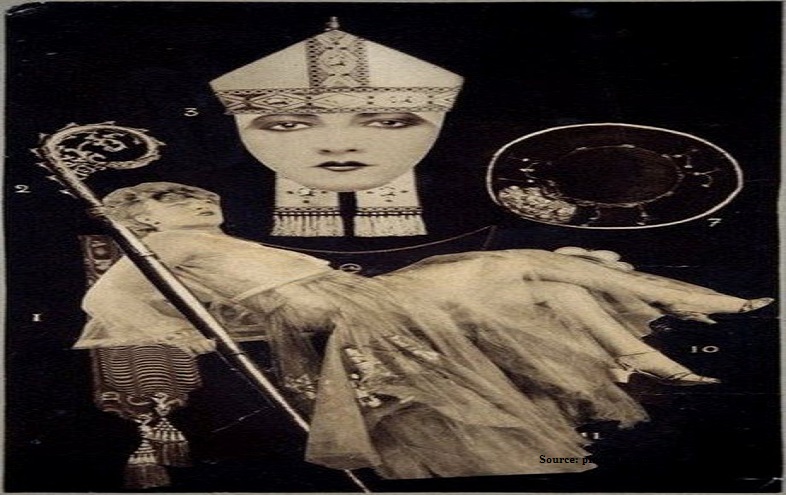
Final Words
The use of illusions and dream-like imagery in these art paintings to blur the distinction between fact and fantasy became a hallmark of the surrealist movement. In addition, these illusions added an intellectual dimension to the aesthetic and emotional involvement that typically reshaped the experience of art. Most often it forced viewers to interact with pieces of surrealism painting in an interrogative, analytical way, so as to contemplate what perception versus reality is.
Did you find these paintings ambiguous? Or, have these bizarre images helped you to release your mind’s imagination and unconscious thoughts? Don’t forget to share your experience of exploring these stunning surrealism art ideas.





















